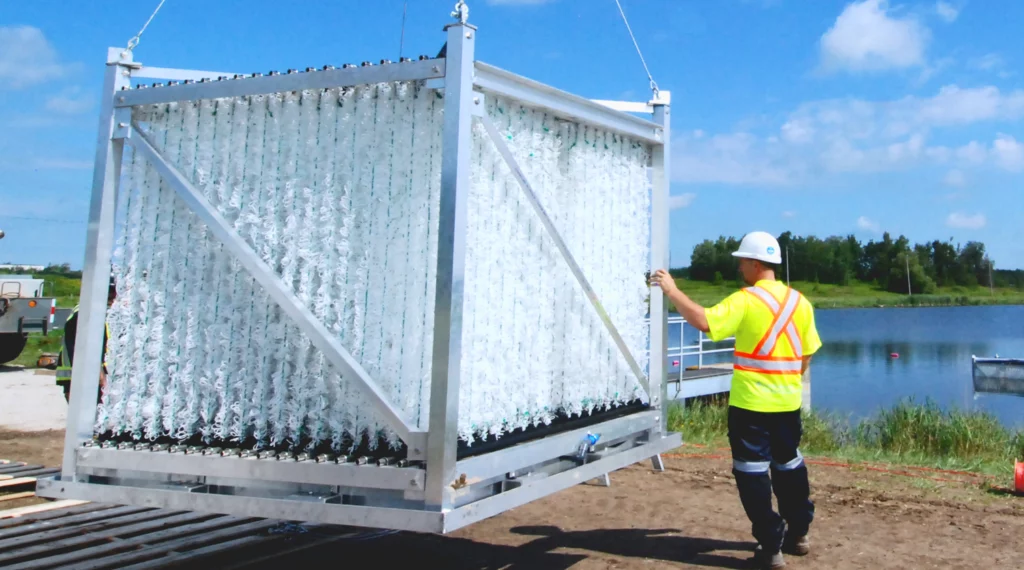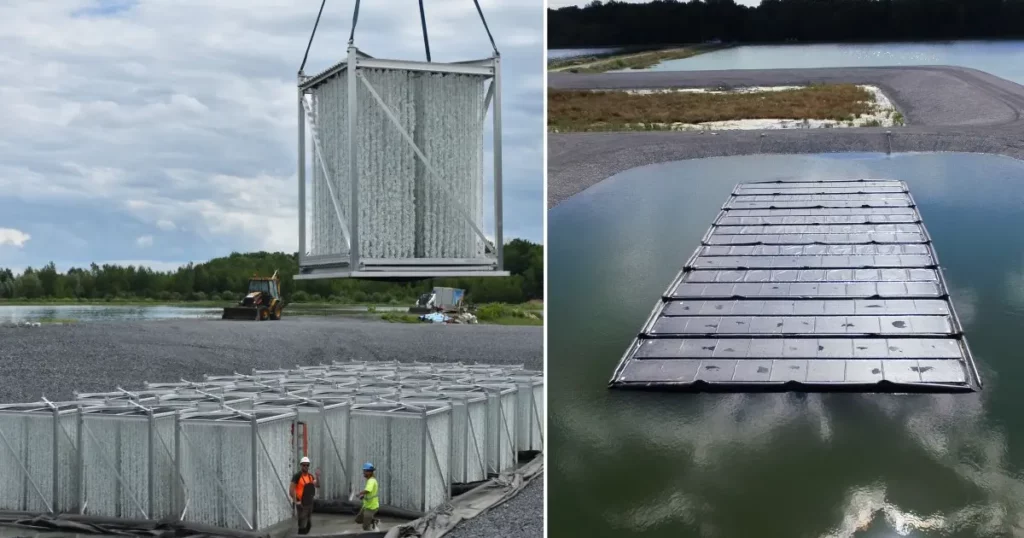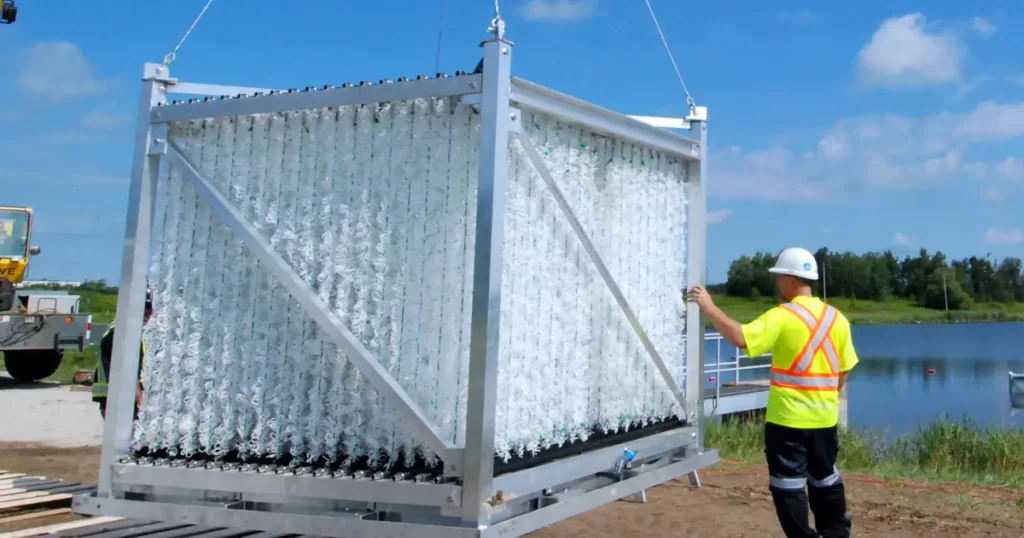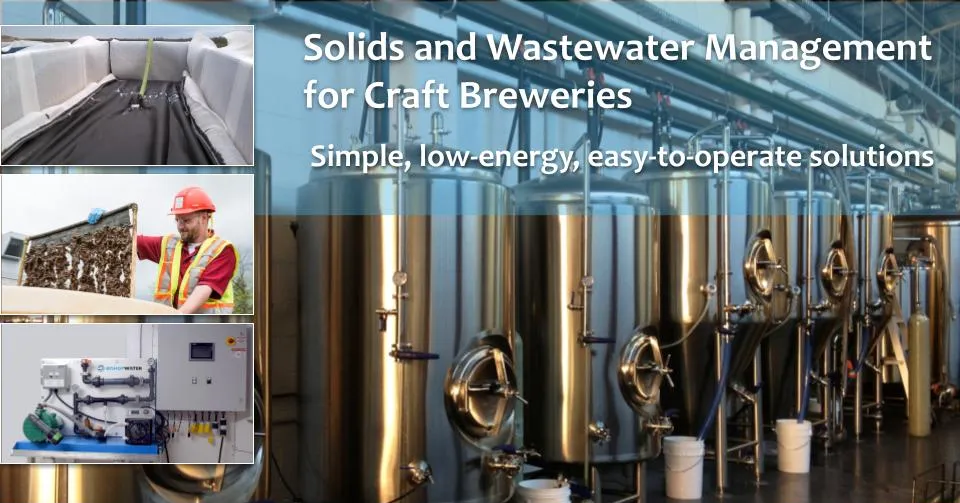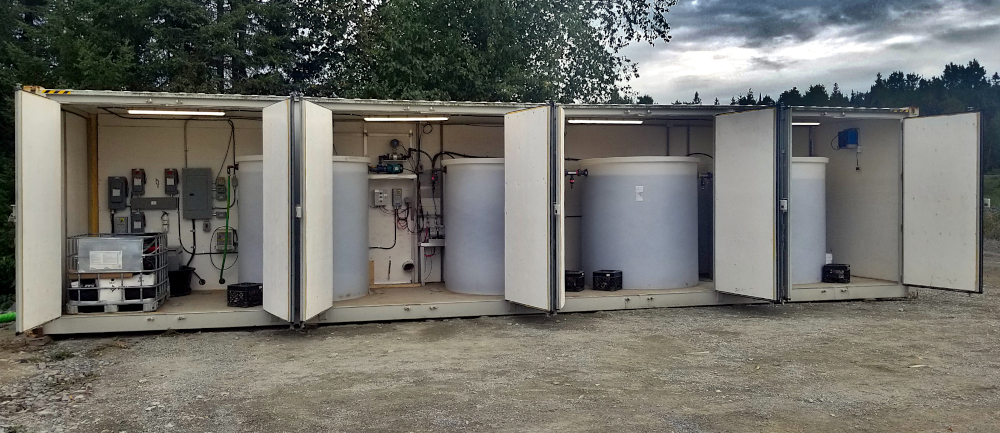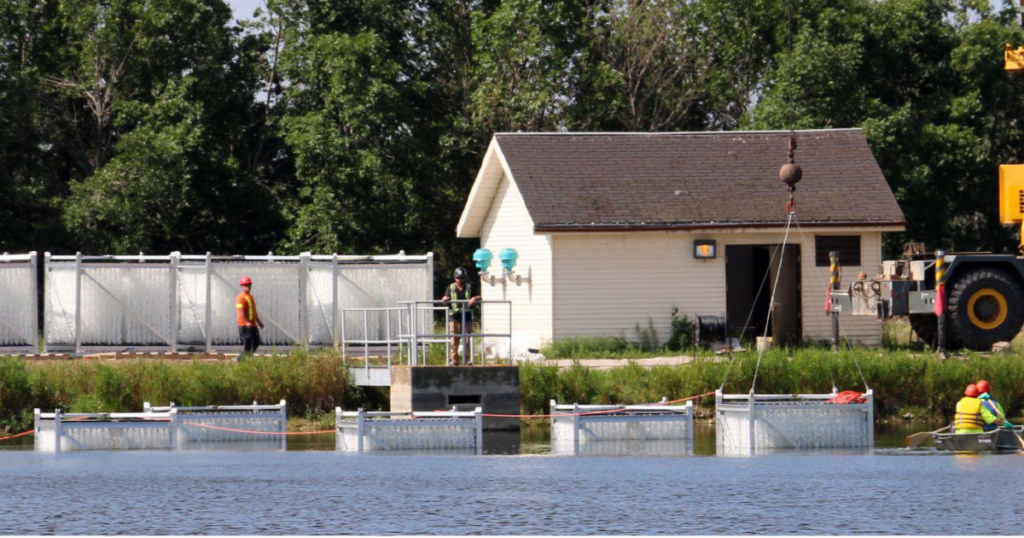
ARTICLE
Future proofing your lagoon with BioCord Reactors
You’ve probably heard of future proofing for things like communication networks, buildings, and energy infrastructure, but what about wastewater treatment lagoons?
Over the past few years, we’ve seen many lagoons struggle to adapt to higher flows, more stringent discharge limits and even new limits for constituents like phosphorus and ammonia. Some operators are even anticipating that total ammonia removal may be required within the next five to 10 years.
With these mounting treatment challenges, can wastewater lagoons adapt or are they heading for obsolescence?
We think that future proofing is possible for lagoons and our simple, low-energy BioCord Reactors can help.
Add expandable, adaptable treatment to wastewater lagoons
BioCord Reactors are like condominiums for bacteria that provide a massive surface area and the ideal home for preferred microorganisms to form a robust, productive biofilm. In this way, a BioCord system dramatically increases the concentration of microorganisms for wastewater treatment and improves lagoon capacity and performance within the existing footprint.
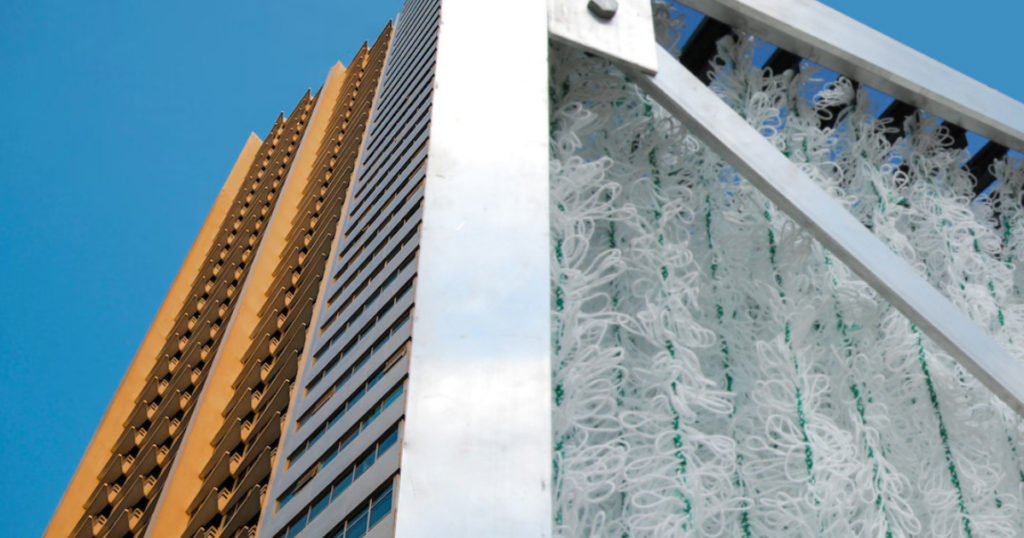
The reactors are installed directly into a treatment lagoon, which extends the life of the asset and eliminates the high capital cost of adding process equipment such as tanks, pipes, pumps and control gear. The modular, in situ design enables the system to be installed in phases or easily expanded to align with treatment requirements and fiscal capacity. As regulations change or flow increases, more reactors can be added to address the need.
Treatment for current and future regulations
Each BioCord system can be configured to tackle a number of wastewater constituents such as COD, BOD and ammonia, including more challenging wastewater processes such as cold-weather ammonia removal, high strength ammonia from landfill leachate, and thiocyanate that is produced at mine sites.
BioCord Reactors can also achieve total nitrogen removal to reduce ammonia to nitrogen gas. The BioCord process can achieve this through the simultaneous nitrification and denitrification process or by partial denitrification, which can facilitate the anammox process.


